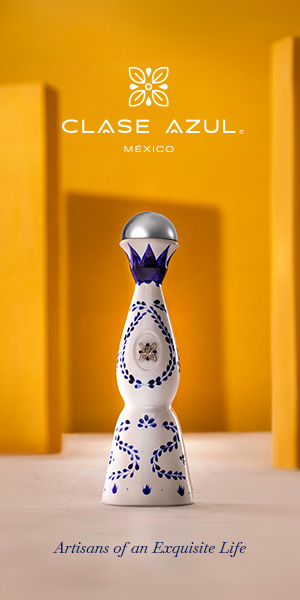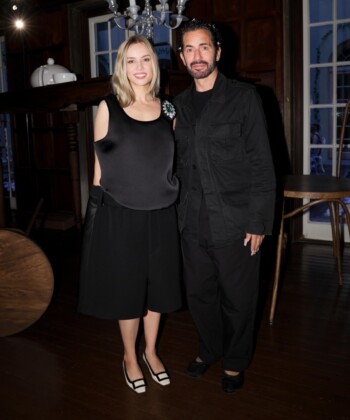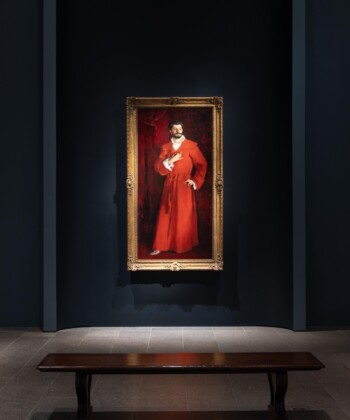This is how Luciano Benetton describes art collecting in a foreign country: “I feel like a hiker who reaches a good outpost where he can get the widest possible view of his surroundings.” And like any hiker at the brink of a beautiful view, the man behind the Benetton Group wants to share it.
He calls his latest project “Imago Mundi,” and it’s a bringing together of two personal passions of Benetton’s: art and travel. Over 1,000 pieces of international art—all presented in a 10 x 12 centimeter format—make up Imago Mundi. It’s Benetton’s collection acquired from years of traveling the globe, pieces collected and commissioned by Benetton from both established and emerging artists in Australia, India, Japan, South Korea and the U.S., among others. The first installment of the exhibit goes on display at Venice’s Querini Stampalia Foundation for the 2013 Biennale di Venezia on August 28. And, not unlike its curator, Imago Mundi will be traveling the world—hence the pocket-sized canvases.
 Barkley L. Hendricks (USA), Old Man, New Hat, 2013, Acrylic and variegation leaf on canvas, 10 x 12 cm. Courtesy of the artist and the Luciano Benetton Collection
Barkley L. Hendricks (USA), Old Man, New Hat, 2013, Acrylic and variegation leaf on canvas, 10 x 12 cm. Courtesy of the artist and the Luciano Benetton Collection
“I wanted to have a ‘travelling format’ that I could easily take with me,” Benneton tells DuJour, “like the Flemish painters used to do in the fifteenth century. For example, Van Eyck made a 12.5 x 14.5 centimeter masterpiece now showcased in Philadelphia. With a tiny format, we can give more visibility to more artists by organizing itinerant exhibitions in different countries [with] a sampling—or the largest possible mapping—of various artistic cultures at the beginning of the third millennium.”
The art is modern and contemporary, a taste that evolved for Benetton, whose first pieces of art were works by the Italian Futurists. A career in fashion and design of course plays a major role: “Everything started from my interest for colors,” he explains. “At the very beginning of my career, I was inspired by Klee and Kandinsky since I thought they truly showed their genius in matching colors. From there I started to dig into the avant-garde movements, and since a few years and through the Imago Mundi project, I’m getting more interested in contemporary art.”
It helped that travel for pleasure began to trump travel for work, which allowed Benetton’s already deep appreciation for art to grow further. In particular, Benetton was moved by artwork from the Australian Aboriginals. “It’s my personal contribution to make people aware of this extraordinary artistic experience,” he says. “I am fascinated in particular by their pictorial abstraction—they have no contacts with our Western cultures and go well beyond the borders of an ethnic art form.”
Benetton will continue to share his view through Imago Mundi in the coming years. “As far as art is concerned, I believe it’s important for people to get acquainted with countries that are either less visible or very far, or both, like some areas in the African continent, Afghanistan, Iran or Syria—although now the situation there is rather tough.” He adds, “Actually, the Imago Mundi project’s ambitious goal is giving visibility to as many countries as possible. We would love to have 50 countries by 2016.”
Imago Mundi is an evolving project, on display for the first time starting August 28th, 2013 as the collateral event of the 2013 Biennale di Venezia. Click through the gallery for a preview of the exhibit.









































